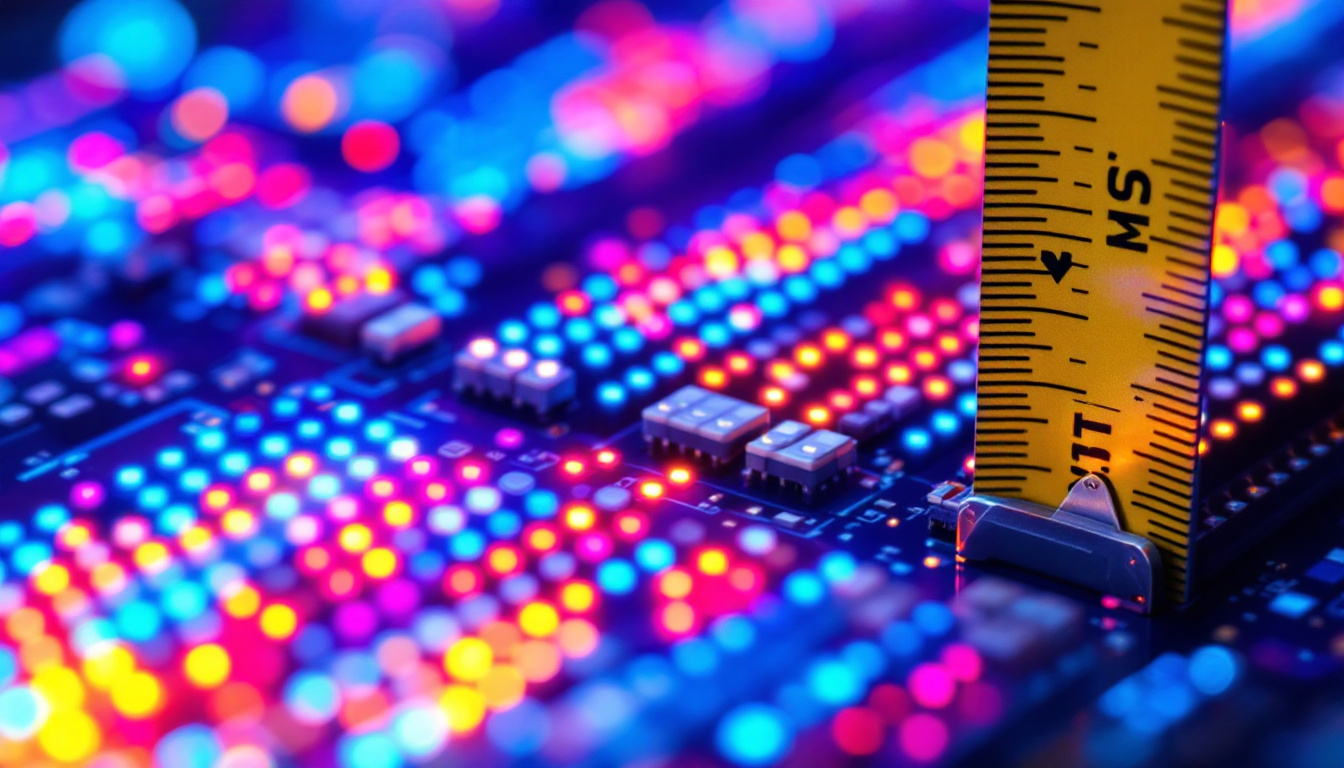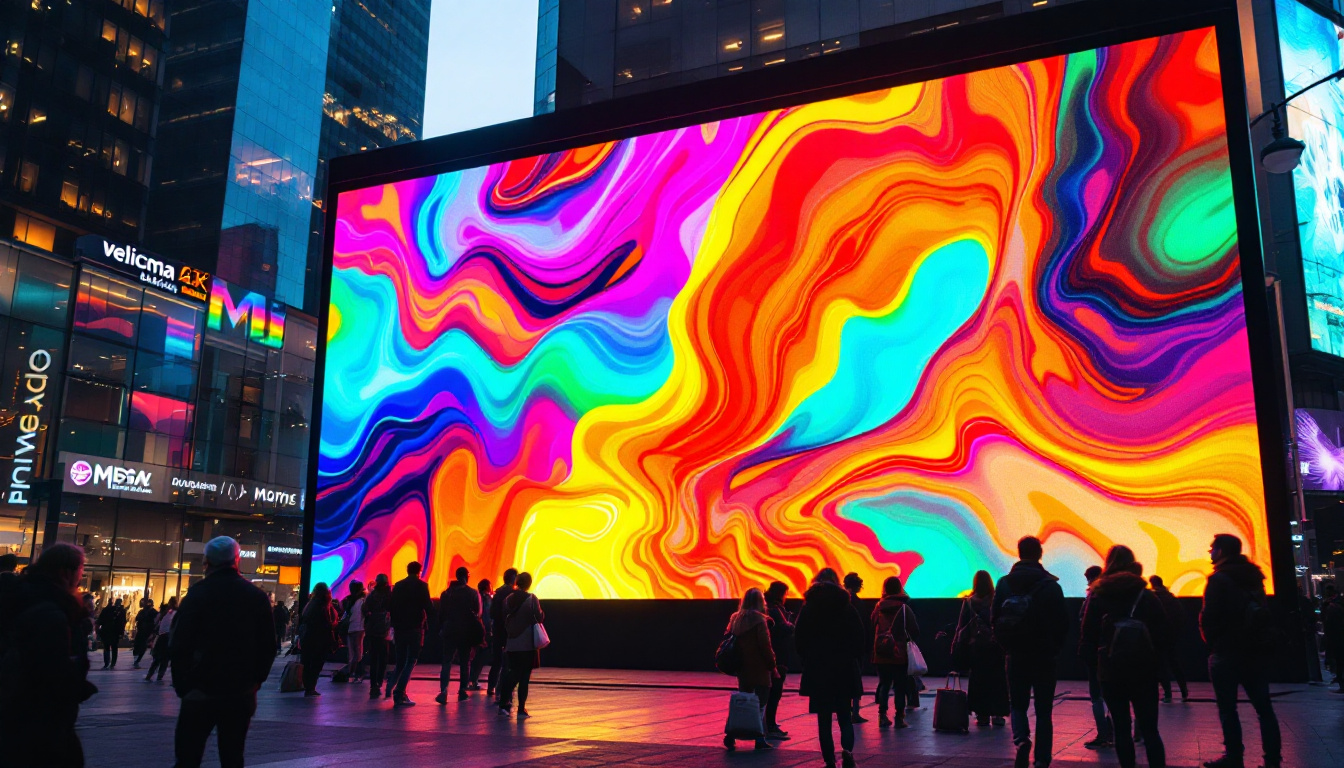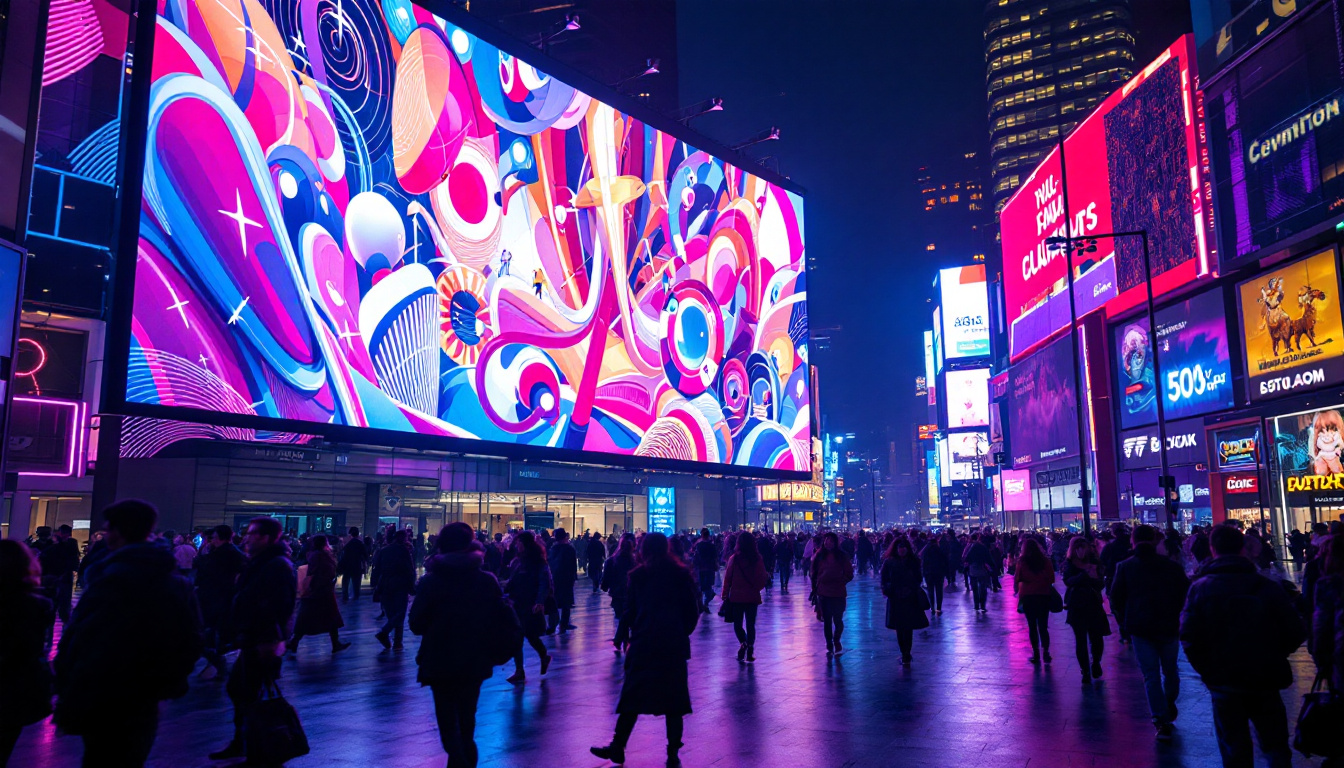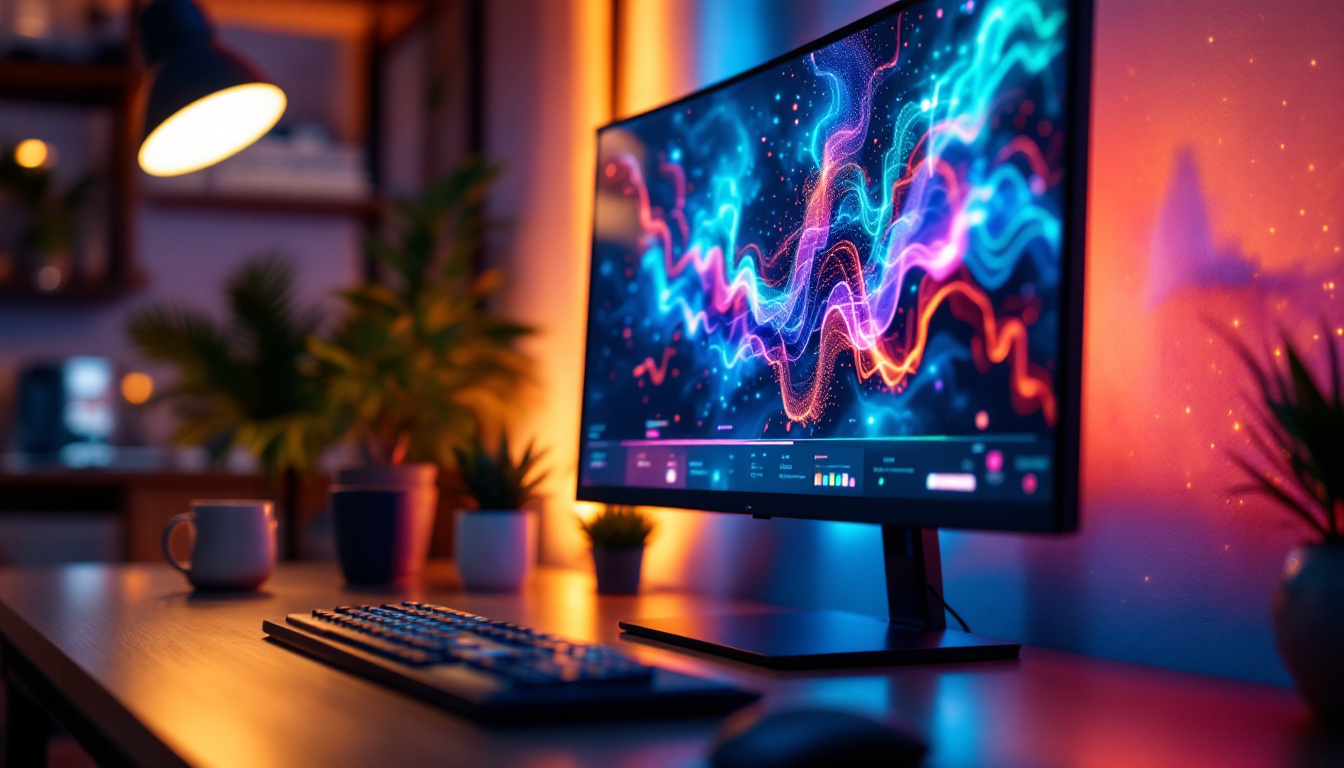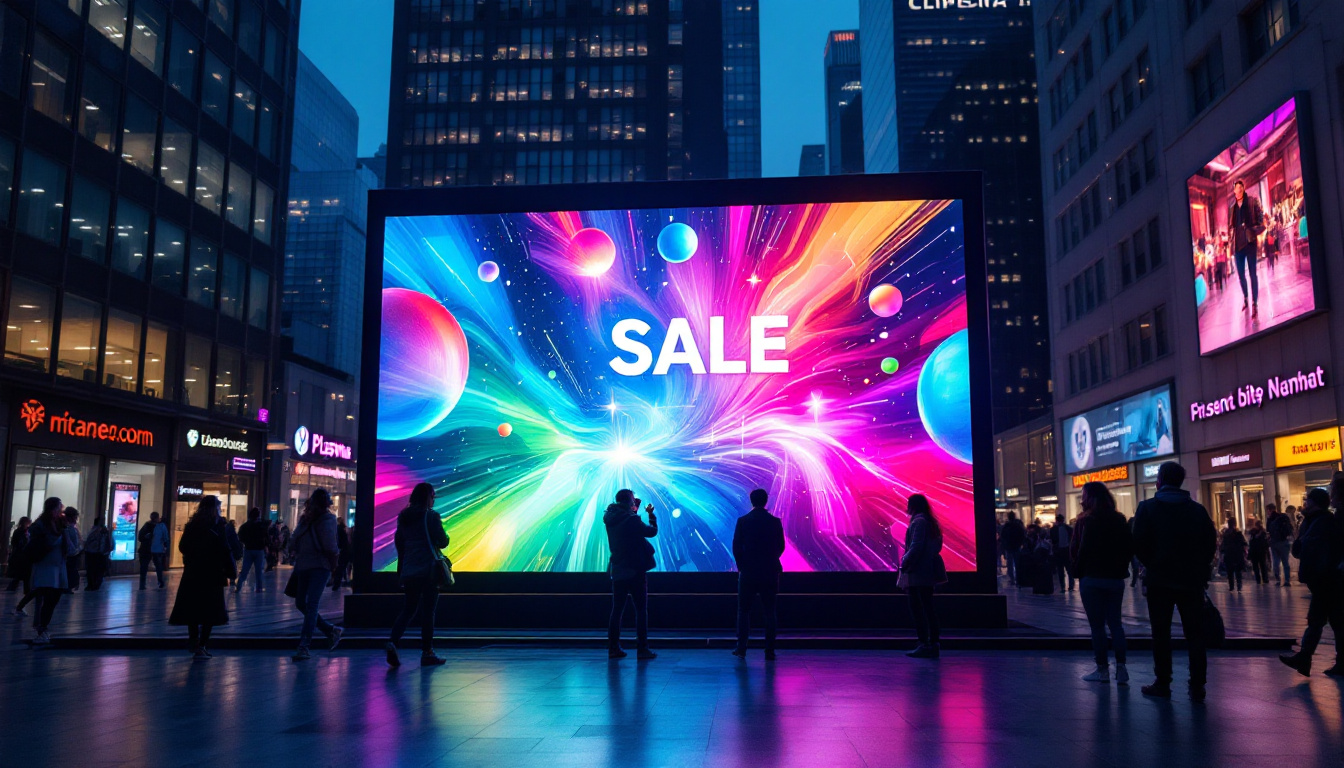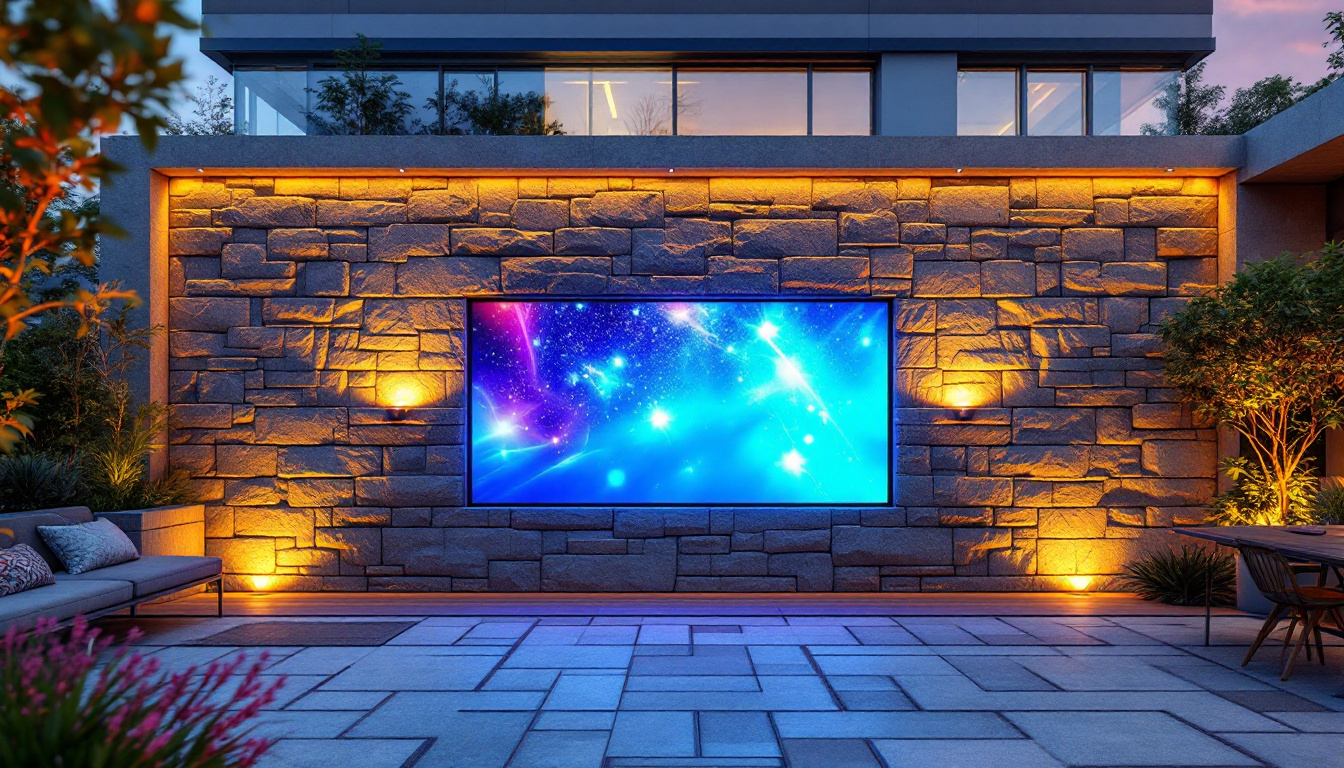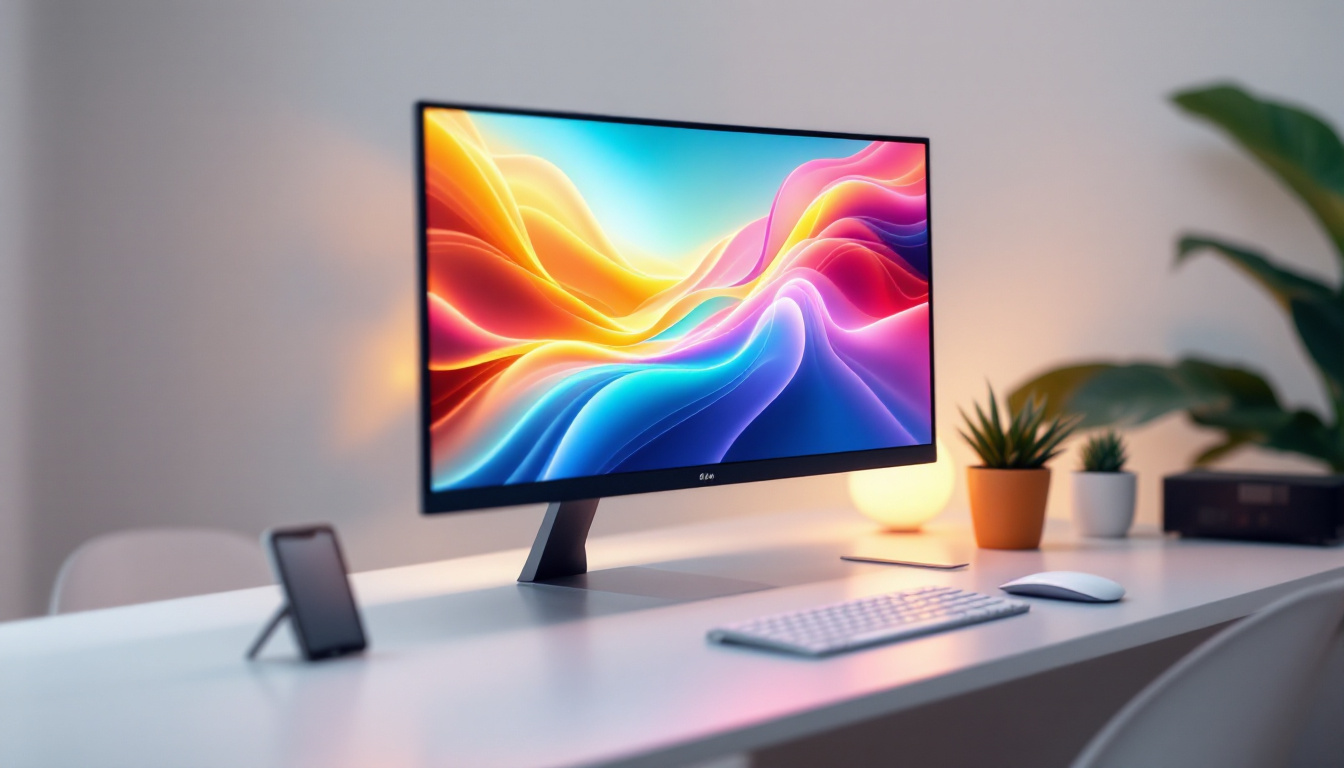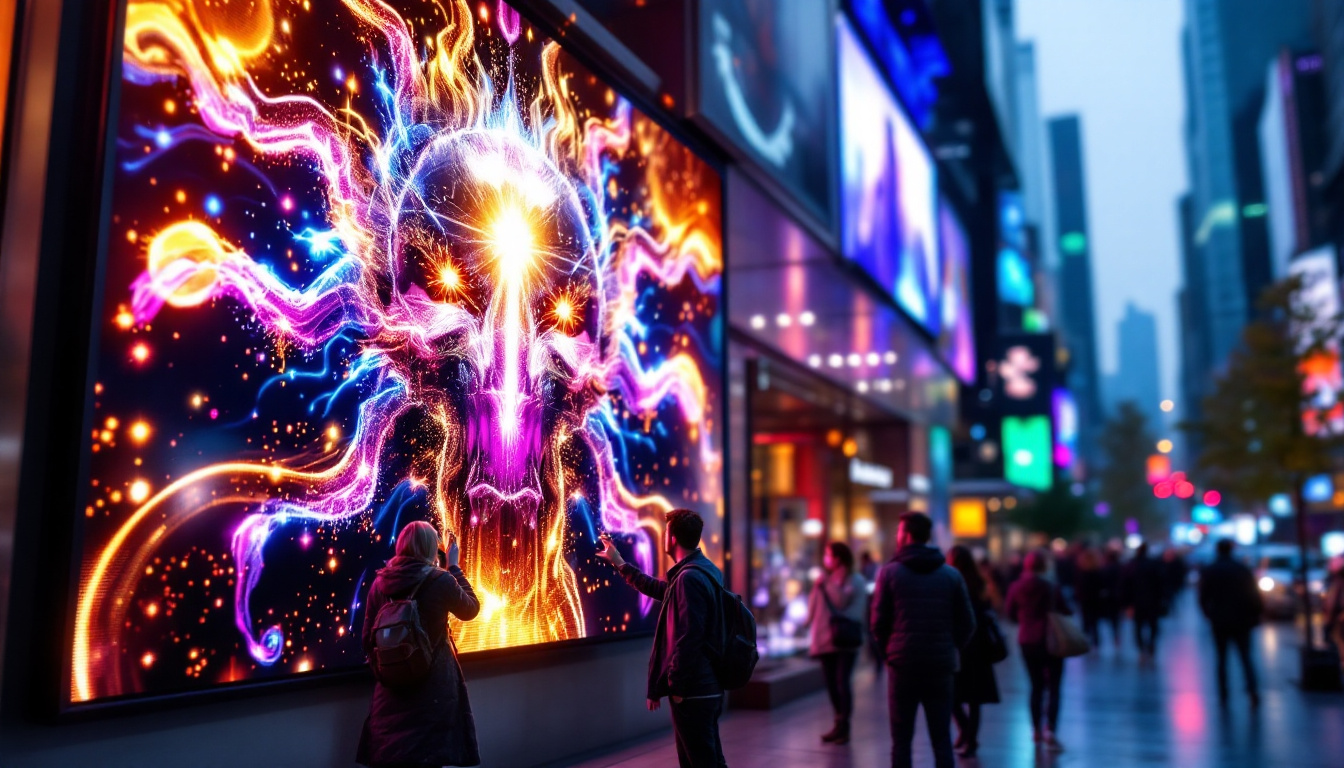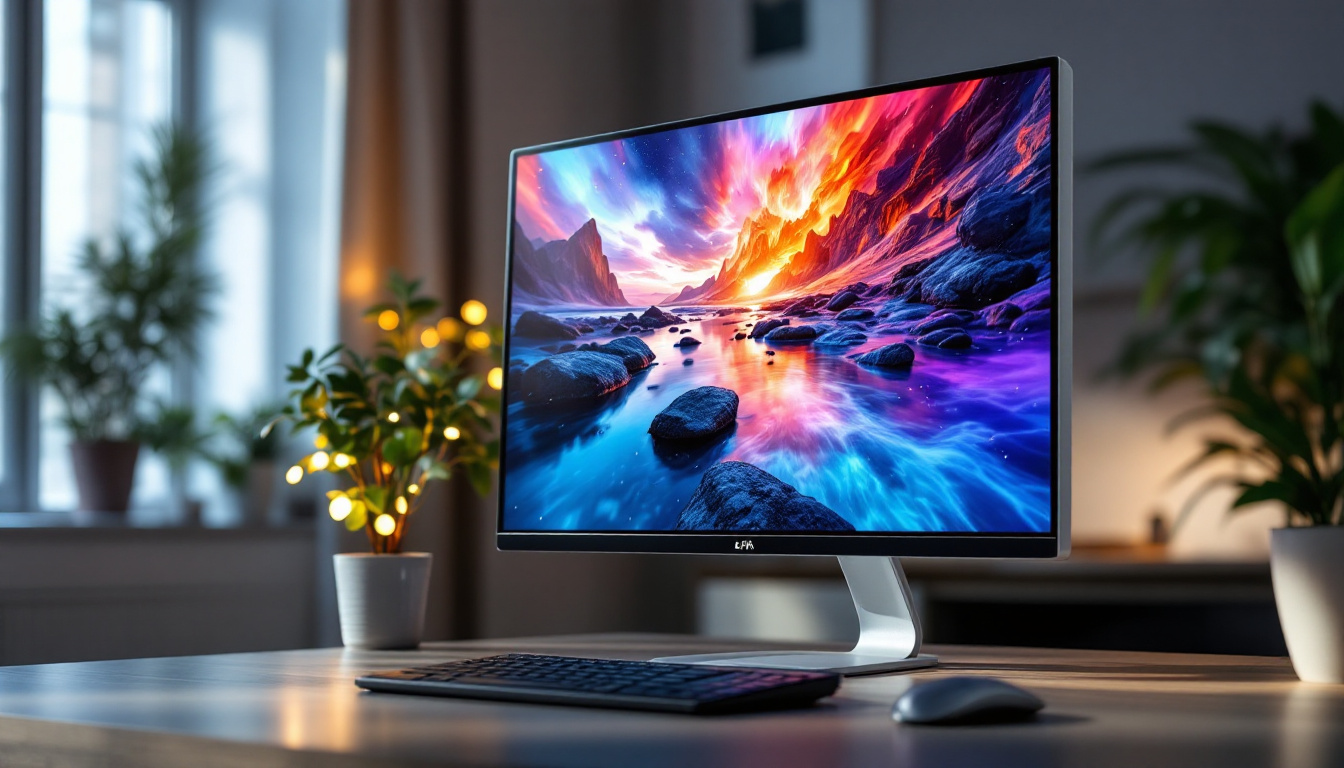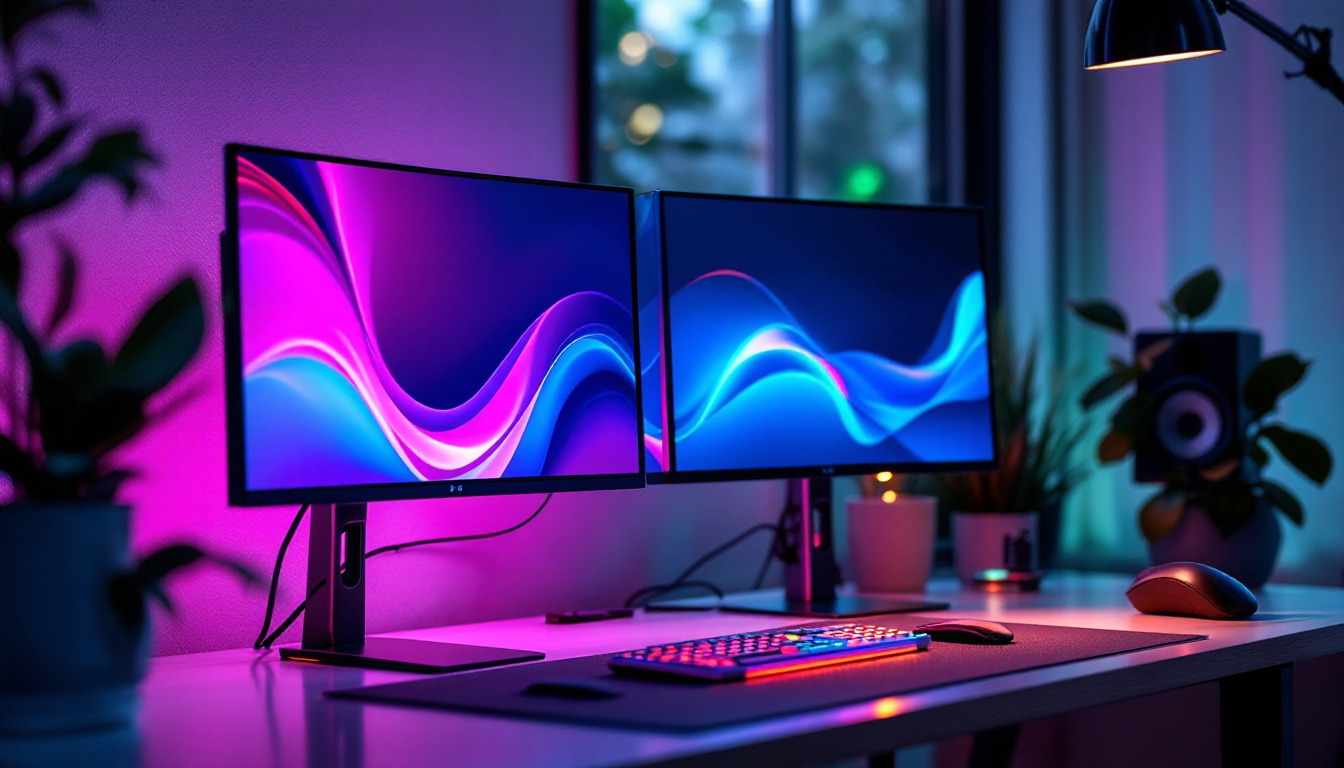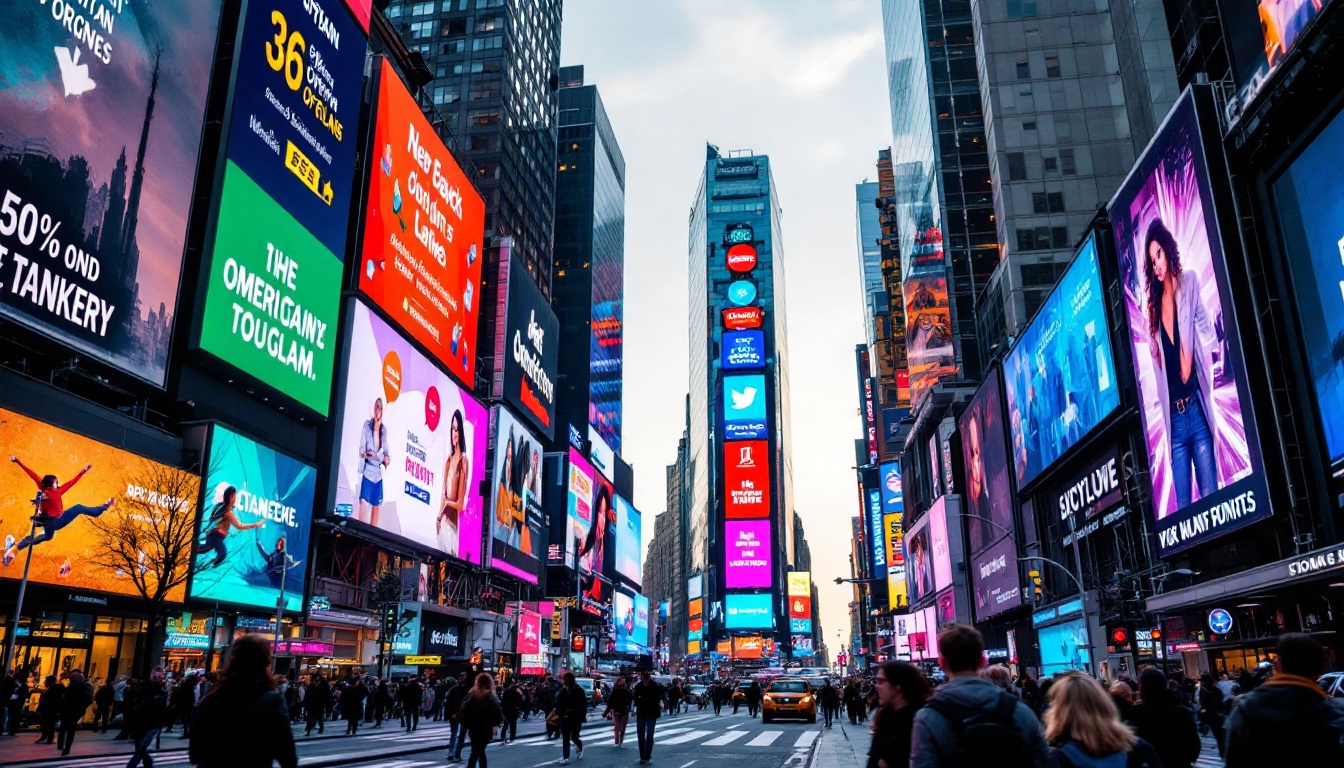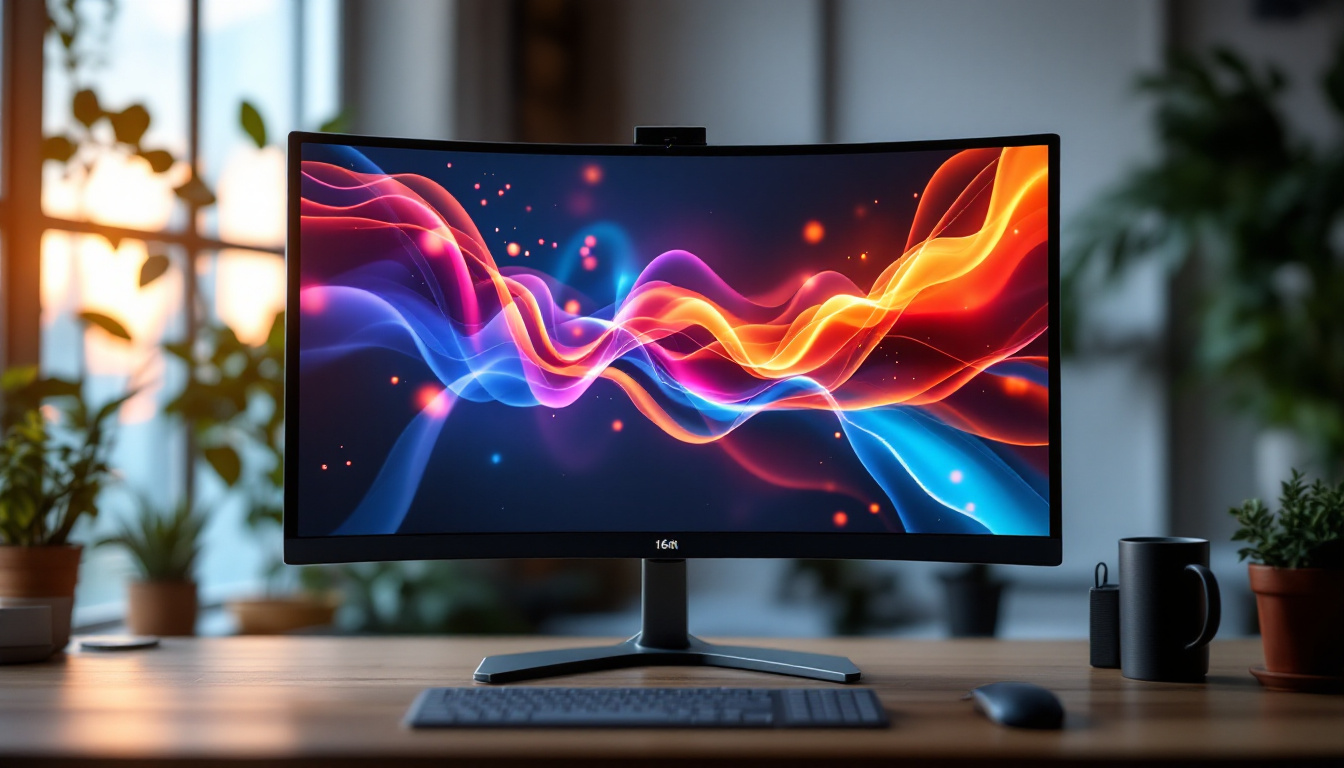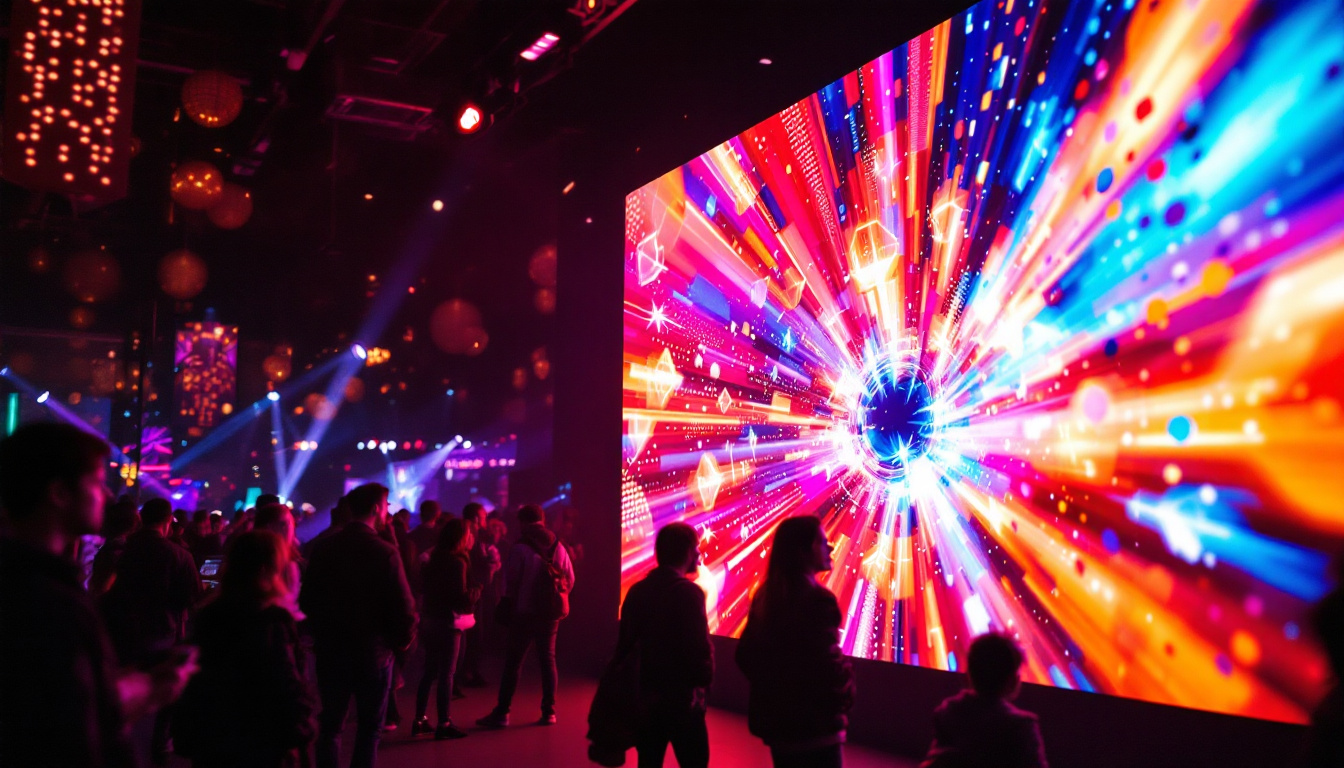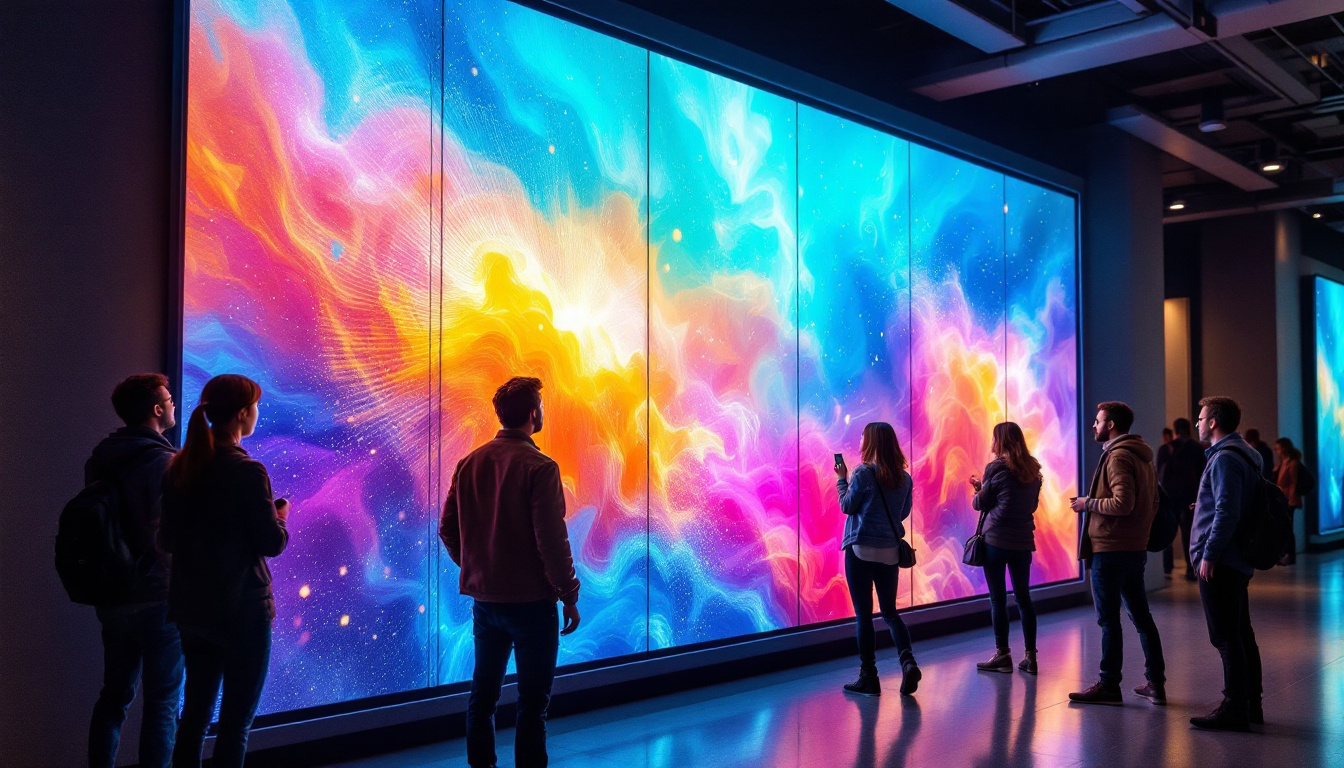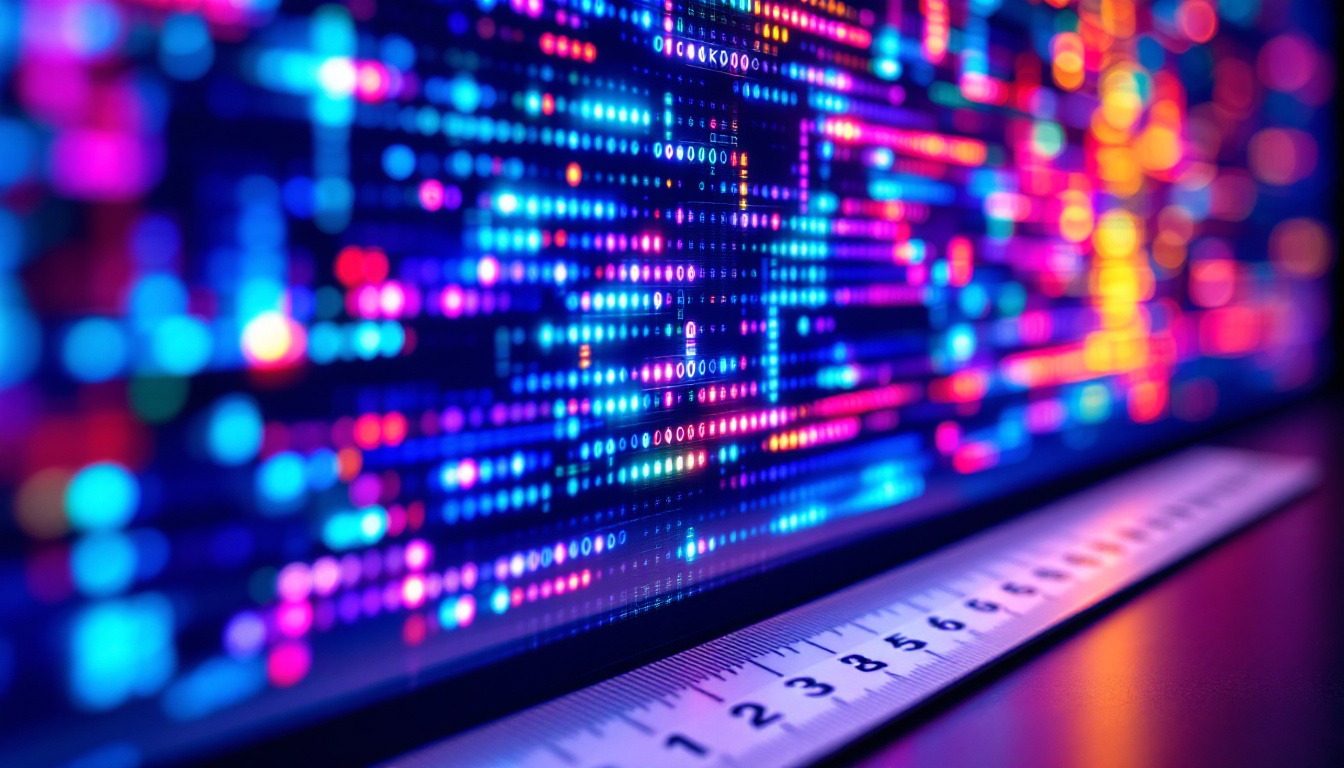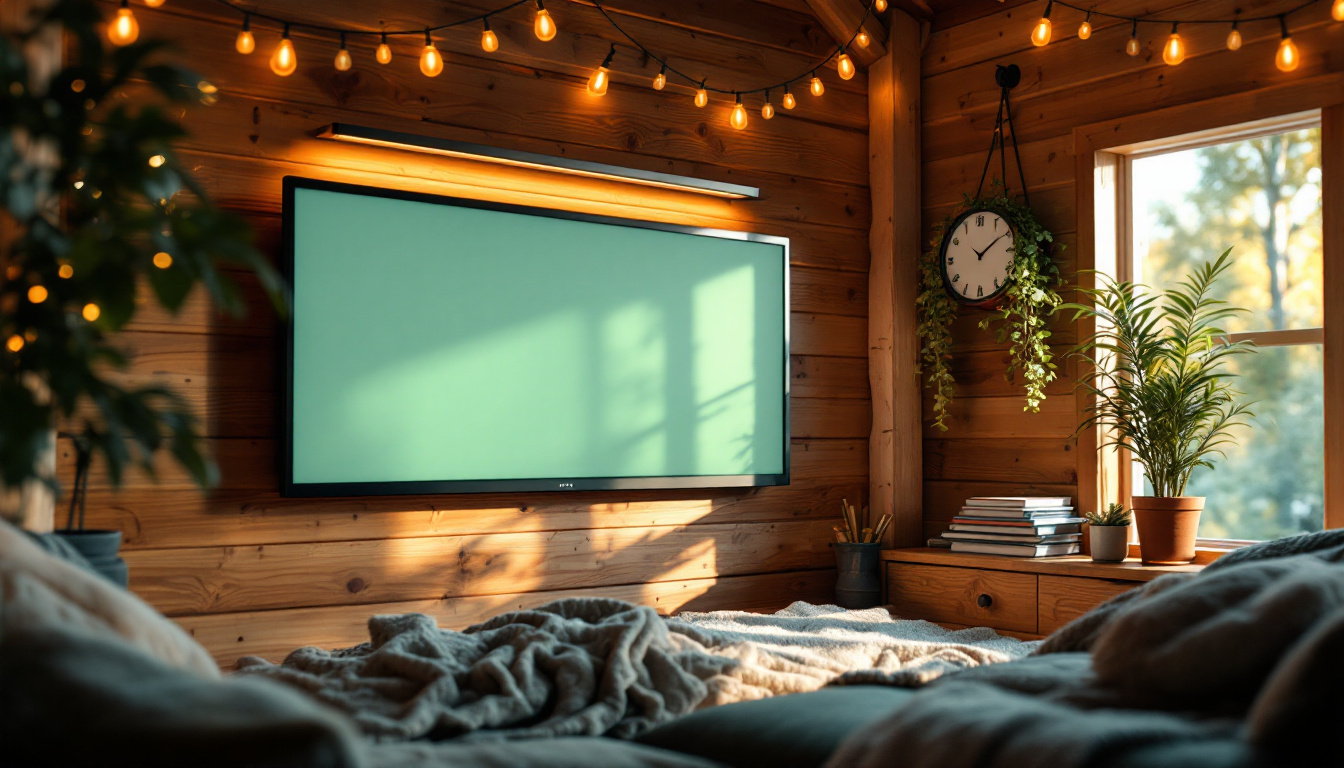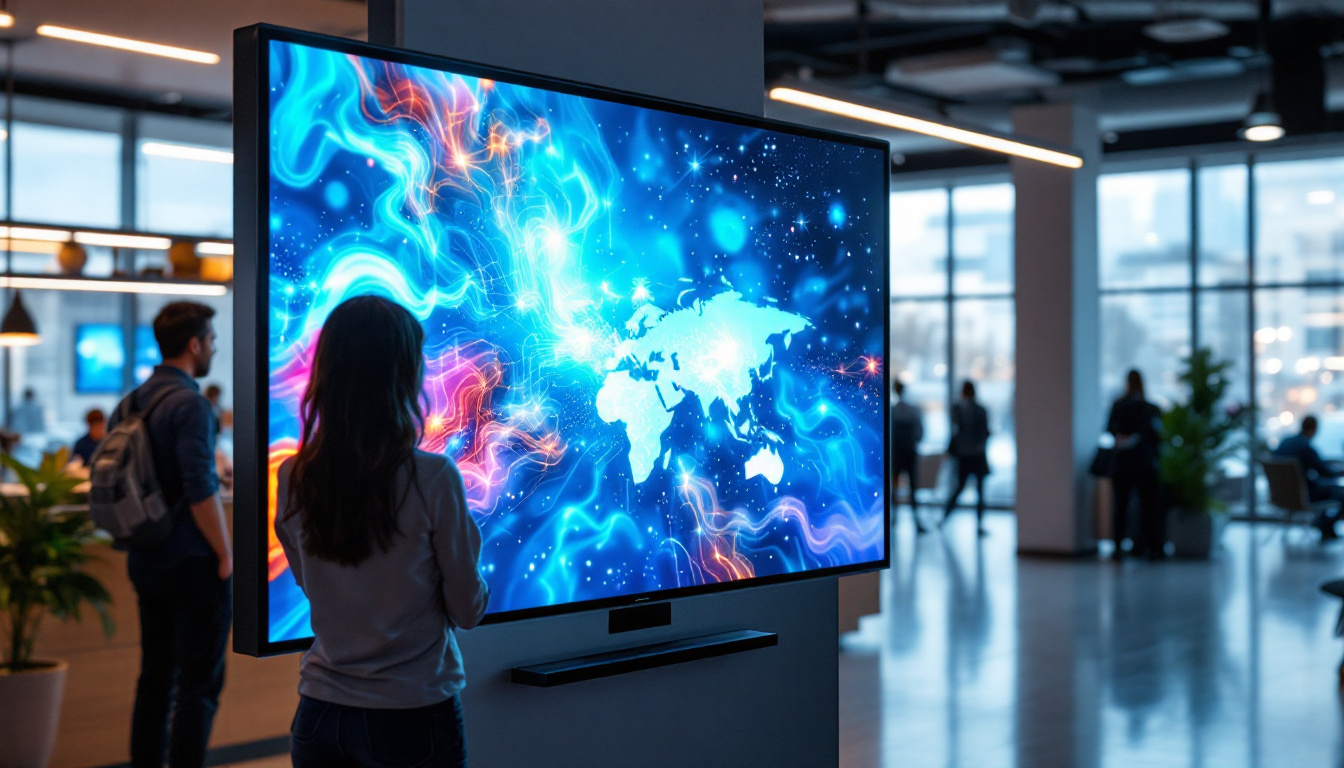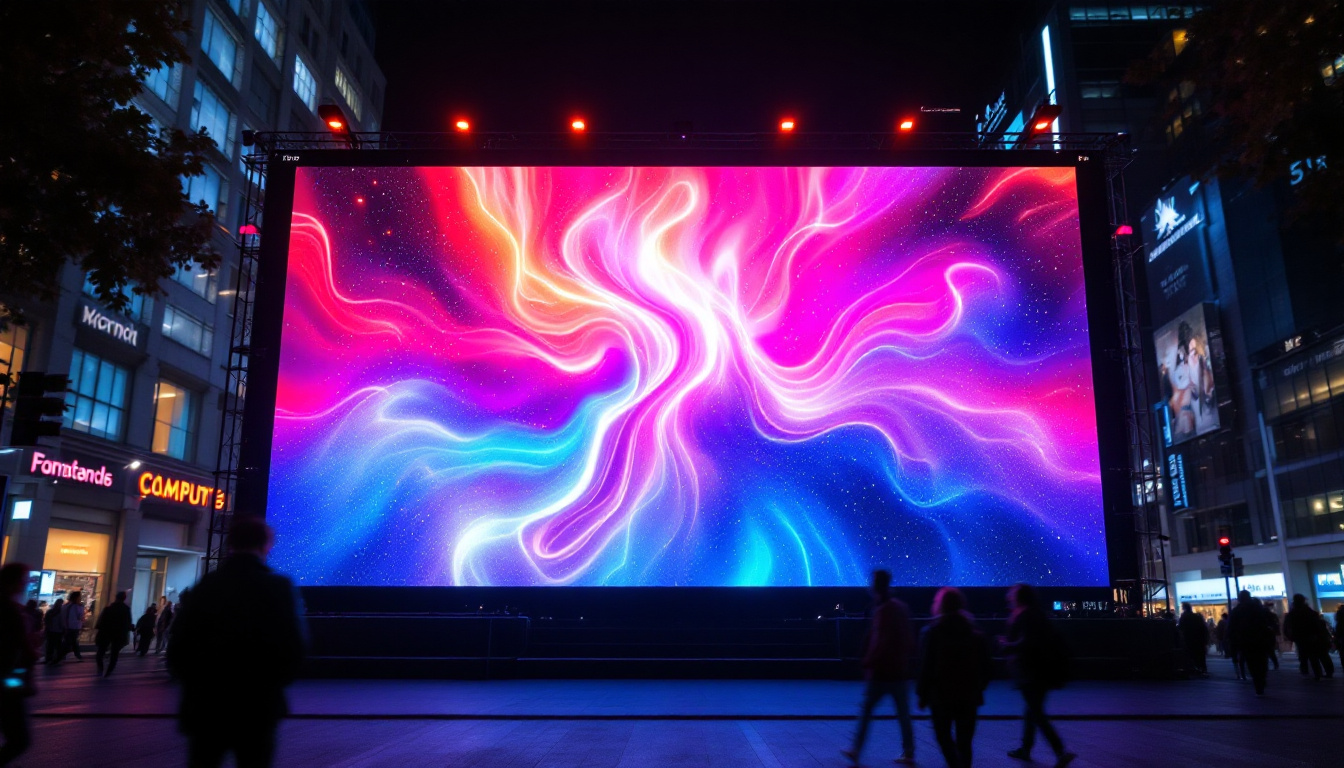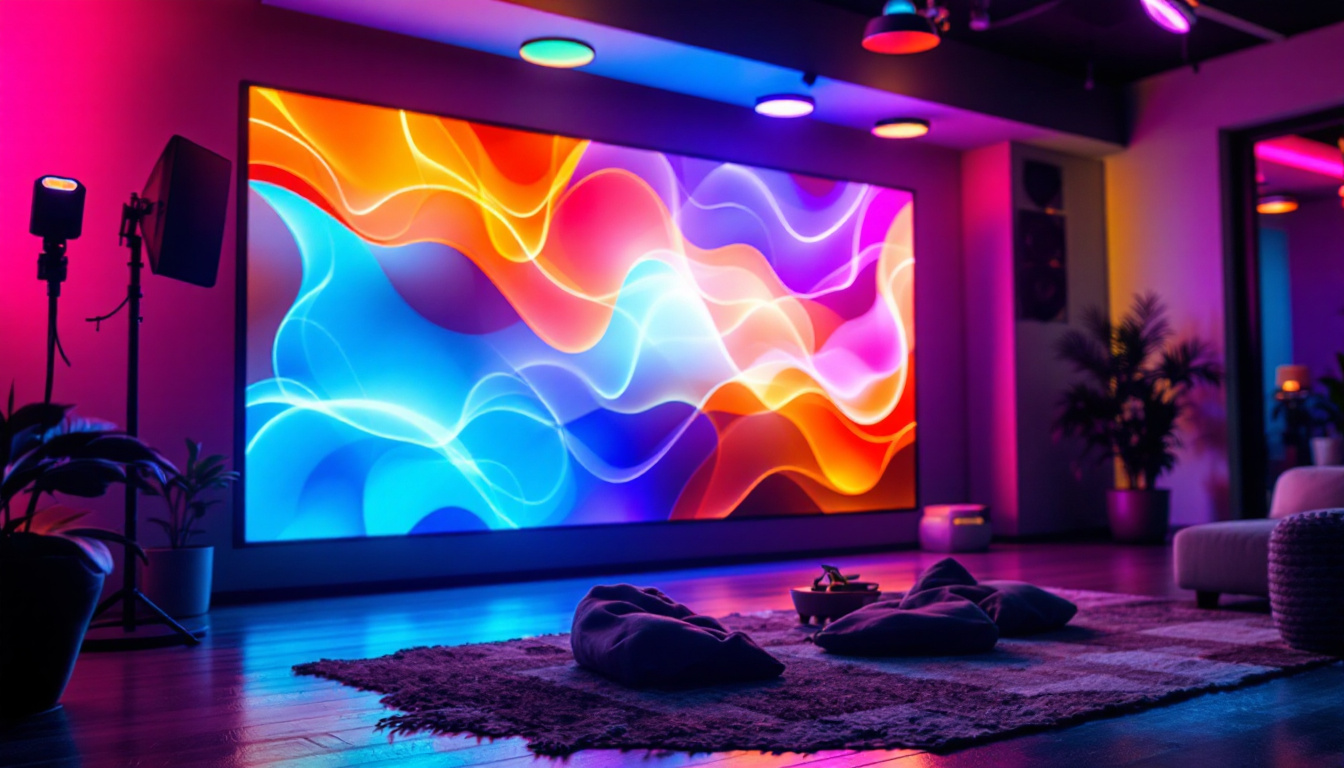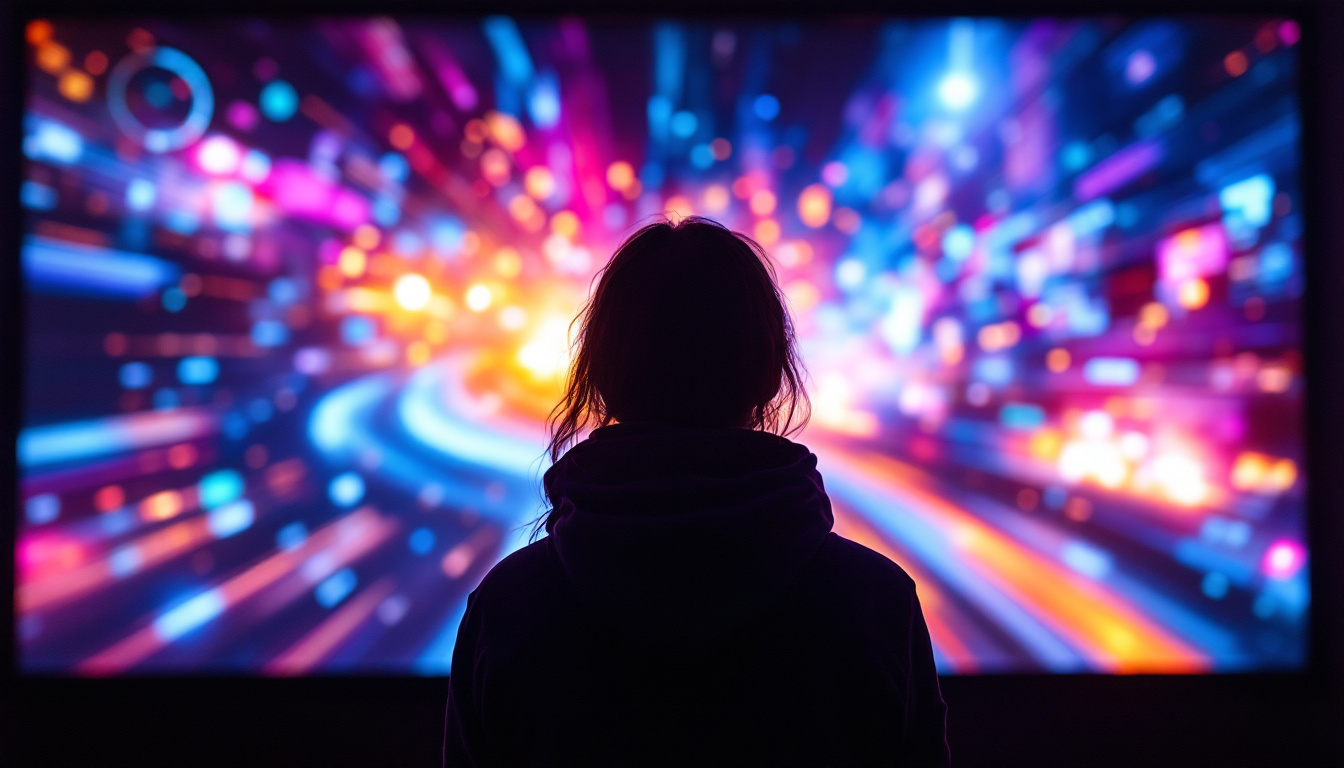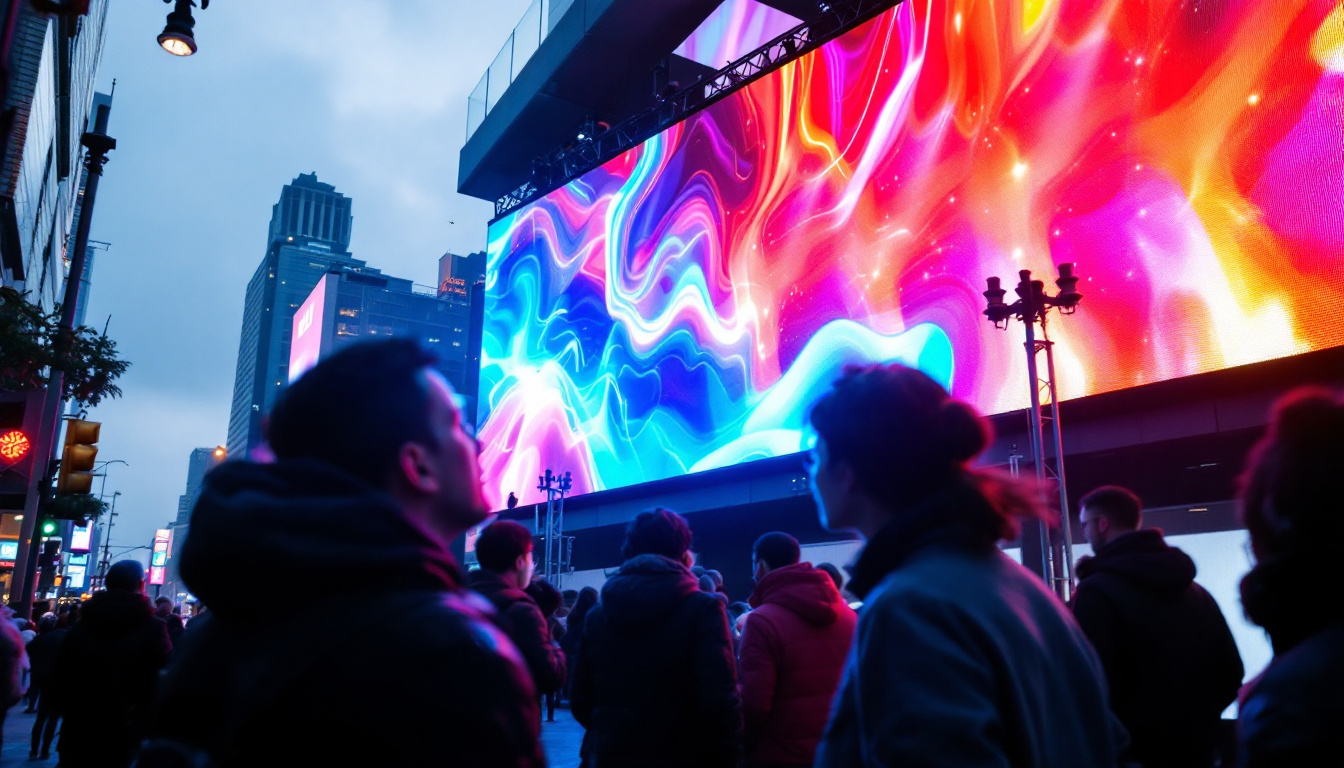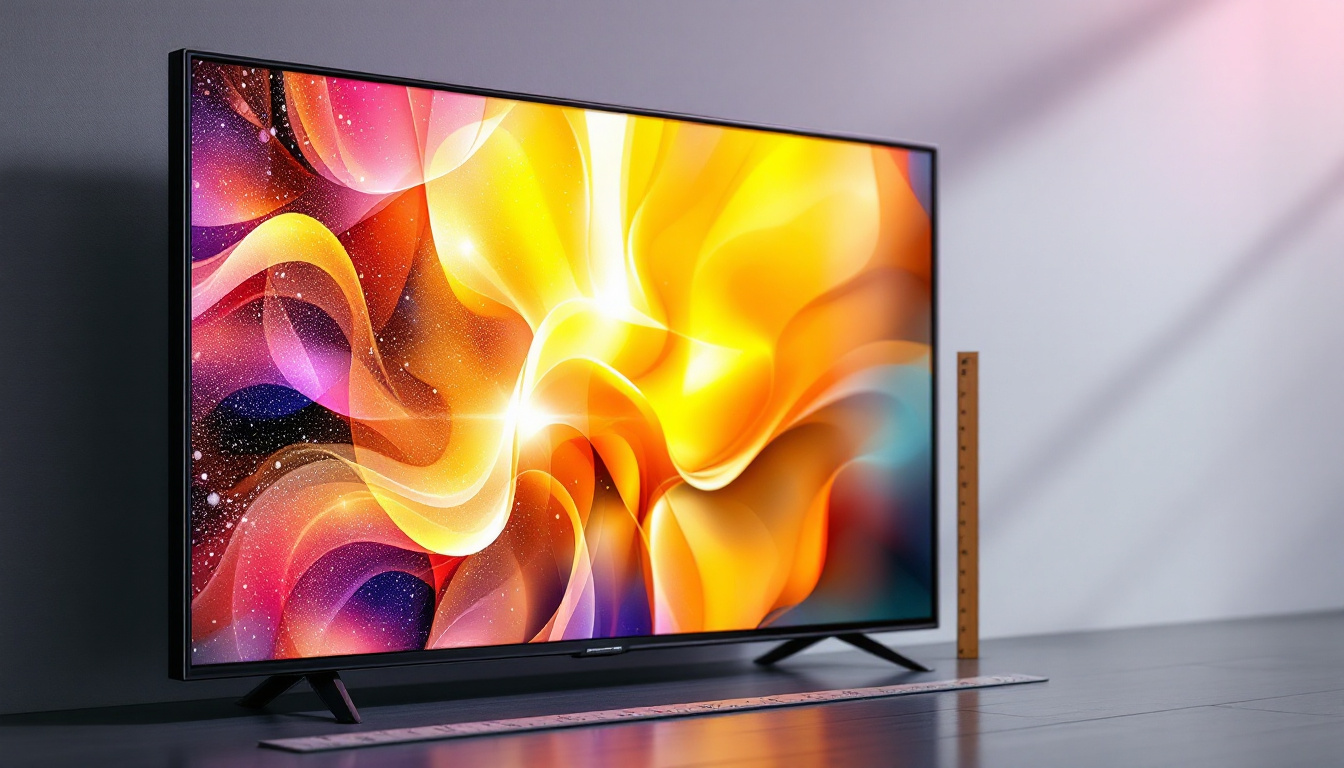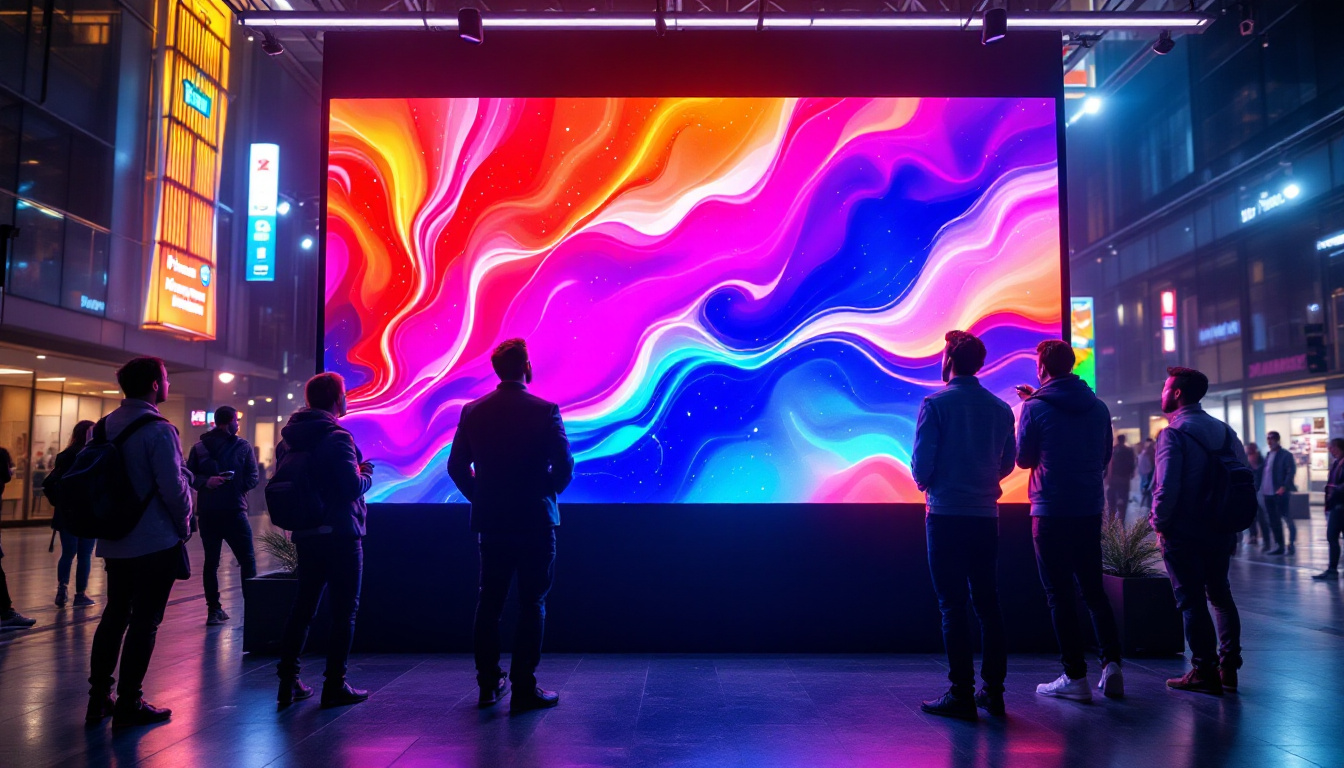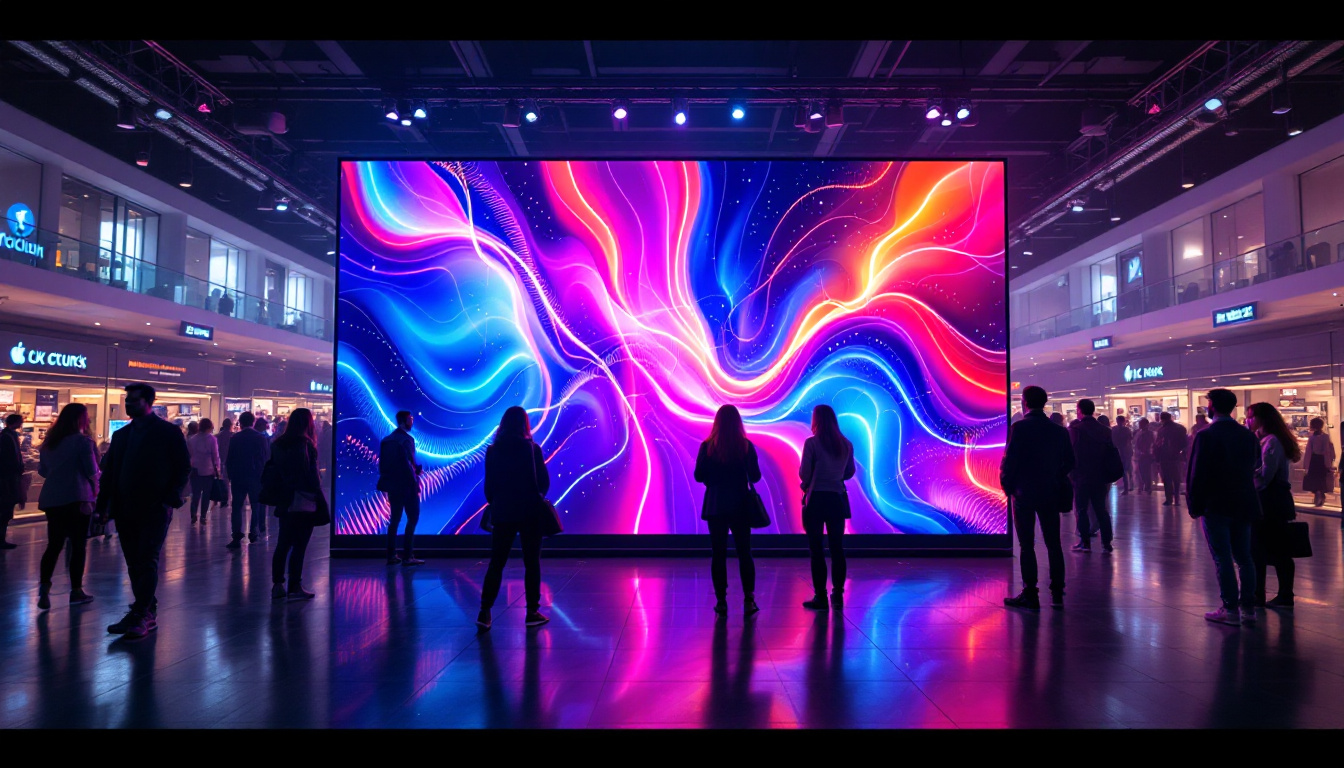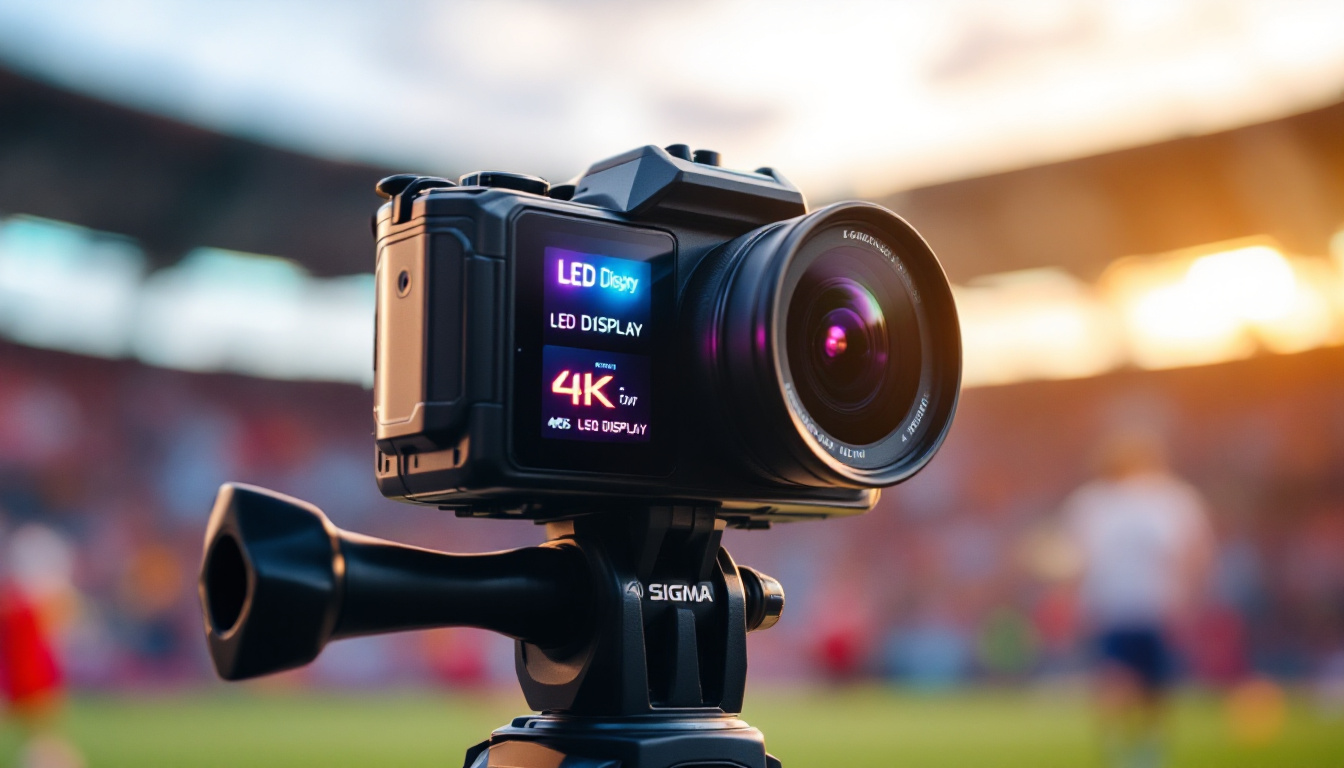In the world of technology, measurements play a crucial role, especially when it comes to display screens. The conversion from inches to millimeters is a common requirement for various applications, particularly in the realm of LED displays. This article will delve into the specifics of converting 1.5 inches to millimeters and explore the implications of this measurement in the context of LED displays.
Understanding the Conversion: Inches to Millimeters
To grasp the significance of converting inches to millimeters, it is essential to understand the basic relationship between these two units of measurement. One inch is equivalent to 25.4 millimeters. Therefore, to convert inches to millimeters, one simply multiplies the number of inches by 25.4.
The Calculation
For a measurement of 1.5 inches, the conversion to millimeters can be calculated as follows:
1.5 inches × 25.4 mm/inch = 38.1 mm
This means that 1.5 inches is equal to 38.1 millimeters. This conversion is particularly useful in various fields, including engineering, manufacturing, and design, where precise measurements are paramount.
Why Millimeters Matter
Millimeters are often preferred in technical specifications, especially in countries that use the metric system. In the context of LED displays, understanding the dimensions in millimeters can help designers and engineers ensure compatibility with other components and systems. It also aids in standardizing measurements across different regions and industries.
Moreover, the use of millimeters can significantly enhance accuracy in fields such as architecture and construction, where even the smallest discrepancies can lead to structural issues. For instance, when designing a building, architects must consider the millimeter precision in the dimensions of materials to ensure that everything fits together seamlessly. This level of detail is crucial not only for aesthetic purposes but also for safety and functionality.
In addition, the global shift towards metrication has made millimeters a common language in international trade and commerce. As businesses expand their reach across borders, having a standardized measurement system helps streamline processes and reduce errors in manufacturing and shipping. Consequently, understanding the conversion from inches to millimeters is not just a mathematical exercise; it is a vital skill that supports effective communication and collaboration in a diverse and interconnected world.
The Role of LED Displays in Modern Technology
LED (Light Emitting Diode) displays have become ubiquitous in modern technology, ranging from televisions and computer monitors to digital signage and mobile devices. Their efficiency, brightness, and versatility make them a popular choice for various applications. As technology continues to evolve, the integration of LED displays into everyday life has transformed how we interact with visual media, enhancing both functionality and aesthetic appeal.
Advantages of LED Displays
LED displays offer numerous advantages over traditional display technologies. Some of the key benefits include:
- Energy Efficiency: LED displays consume significantly less power than their LCD or CRT counterparts, making them more environmentally friendly and cost-effective in the long run. This energy efficiency is particularly beneficial in large-scale installations, where the cumulative savings on electricity can be substantial.
- Brightness and Contrast: LEDs provide superior brightness and contrast ratios, resulting in vibrant colors and sharp images, even in well-lit environments. This capability makes them ideal for outdoor advertising, where visibility is crucial for capturing the attention of passersby.
- Longevity: With a longer lifespan compared to traditional displays, LED technology reduces the need for frequent replacements, thus saving on maintenance costs. This durability is particularly advantageous in commercial settings, where downtime can lead to lost revenue.
Applications of LED Displays
LED displays are utilized in a wide array of applications, including:
- Television and Monitors: High-definition LED televisions and computer monitors are prevalent in homes and workplaces, offering exceptional viewing experiences. The advent of 4K and 8K resolutions has further enhanced the appeal of LED technology, providing viewers with stunning detail and clarity.
- Digital Signage: LED displays are widely used for advertising and information dissemination in public spaces such as airports, malls, and stadiums. Their ability to display dynamic content allows businesses to engage customers effectively, adapting messages in real-time based on audience demographics or current events.
- Automotive Displays: Many modern vehicles are equipped with LED displays for dashboards, infotainment systems, and external lighting. These displays not only enhance the driving experience by providing essential information at a glance but also contribute to vehicle safety through features like adaptive headlights and turn signals.
In addition to these applications, LED technology is making significant strides in the field of healthcare. Hospitals and clinics are increasingly adopting LED displays for patient monitoring systems and medical imaging, where clarity and precision are paramount. The ability to adjust brightness and contrast levels ensures that medical professionals can make accurate assessments in various lighting conditions. Furthermore, the compact nature of LED technology allows for innovative designs in medical devices, leading to more user-friendly interfaces and improved patient outcomes.
Moreover, the entertainment industry has embraced LED displays for concerts, theater productions, and large-scale events. The use of LED screens for stage backdrops and visual effects creates immersive experiences that captivate audiences. With advancements in flexible LED technology, displays can now be shaped and configured to fit any venue, pushing the boundaries of creativity in live performances. This adaptability not only enhances the visual appeal but also allows for seamless integration of digital content with live action, making events more engaging and memorable.
Design Considerations for LED Displays
When designing LED displays, several factors must be taken into account to ensure optimal performance and user experience. These considerations range from size and resolution to viewing angles and color accuracy.
Size and Resolution
The size of an LED display, often measured diagonally in inches, directly impacts its resolution. Higher resolutions provide more detail and clarity, which is particularly important for applications where fine details are crucial, such as graphic design or video editing.
In the case of a 1.5-inch LED display, the resolution may be limited compared to larger screens. However, advancements in technology have allowed for impressive pixel densities in smaller displays, making them suitable for various applications, including wearables and compact devices. For instance, microLED technology has emerged as a game-changer, allowing manufacturers to pack more pixels into smaller spaces, thereby enhancing the visual experience without compromising on size. This is particularly beneficial for devices like smartwatches and fitness trackers, where screen real estate is at a premium but clarity remains essential.
Viewing Angles
Another critical aspect of LED display design is the viewing angle. A display with a wide viewing angle allows multiple users to view the screen without significant color distortion or loss of brightness. This is particularly important in settings such as conference rooms or public displays, where the audience may be positioned at various angles.
To achieve optimal viewing angles, manufacturers often utilize advanced technologies such as IPS (In-Plane Switching) or VA (Vertical Alignment) panels, which enhance color reproduction and contrast from off-angles. Additionally, the choice of materials and coatings can significantly influence the display’s performance in bright environments, ensuring that colors remain vibrant and true-to-life, even under harsh lighting conditions. This is especially crucial in outdoor displays, where sunlight can wash out colors and diminish visibility, making it essential for designers to consider not just the angle but also the ambient light conditions in which the display will operate.
Impact of Pixel Pitch on LED Displays
Pixel pitch refers to the distance between the centers of two adjacent pixels on an LED display. This measurement is crucial because it directly affects the display’s resolution and clarity. A smaller pixel pitch results in a higher resolution, which is essential for detailed images and text.
Choosing the Right Pixel Pitch
When selecting an LED display, understanding pixel pitch is vital. For instance, a display with a pixel pitch of 1.5 mm is suitable for close viewing distances, such as in retail environments or control rooms. Conversely, displays with larger pixel pitches are better suited for outdoor applications where viewers are typically farther away.
Applications of Different Pixel Pitches
Different pixel pitches cater to various applications:
- Indoor Displays: Smaller pixel pitches (e.g., 1.5 mm, 2 mm) are ideal for indoor environments where viewers are close to the screen.
- Outdoor Displays: Larger pixel pitches (e.g., 10 mm, 16 mm) are more appropriate for outdoor settings, where visibility from a distance is crucial.
Future Trends in LED Display Technology
The LED display industry continues to evolve rapidly, driven by advancements in technology and changing consumer preferences. Several trends are shaping the future of LED displays.
MicroLED Technology
MicroLED technology represents a significant leap forward in display innovation. MicroLEDs are tiny, self-emissive LEDs that can be arranged to form a display without the need for a backlight. This technology offers several advantages, including improved brightness, contrast, and energy efficiency.
Flexible and Transparent Displays
Another exciting development in LED technology is the emergence of flexible and transparent displays. These displays can be bent or shaped to fit various surfaces, opening up new possibilities for design and application. Transparent displays, in particular, have the potential to revolutionize advertising and information display in retail environments.
Conclusion
Understanding the conversion from inches to millimeters is essential for anyone working with LED displays. The measurement of 1.5 inches, equivalent to 38.1 millimeters, serves as a foundation for various applications and design considerations in the LED industry.
As technology continues to advance, LED displays will play an increasingly vital role in everyday life, from personal devices to large-scale public displays. By keeping abreast of measurement conversions and emerging trends, professionals in the field can ensure they are well-equipped to meet the demands of a rapidly changing landscape.
In summary, the world of LED displays is not just about size and resolution; it encompasses a myriad of factors that contribute to the overall performance and user experience. As the industry evolves, staying informed about these developments will be crucial for anyone involved in the design, manufacturing, or application of LED technology.
Explore Cutting-Edge LED Display Solutions with LumenMatrix
Ready to take your visual experiences to the next level? Discover LumenMatrix’s innovative LED display technology, designed to amplify your brand and captivate your audience. From vibrant Indoor and Outdoor LED Wall Displays to dynamic Vehicle and Sports LED Displays, our solutions are tailored to meet your unique needs. Experience the future of visual communication with our All-in-One LED Displays, LED Transparent Displays, and more. Check out LumenMatrix LED Display Solutions today and transform your space with unparalleled clarity and impact.

